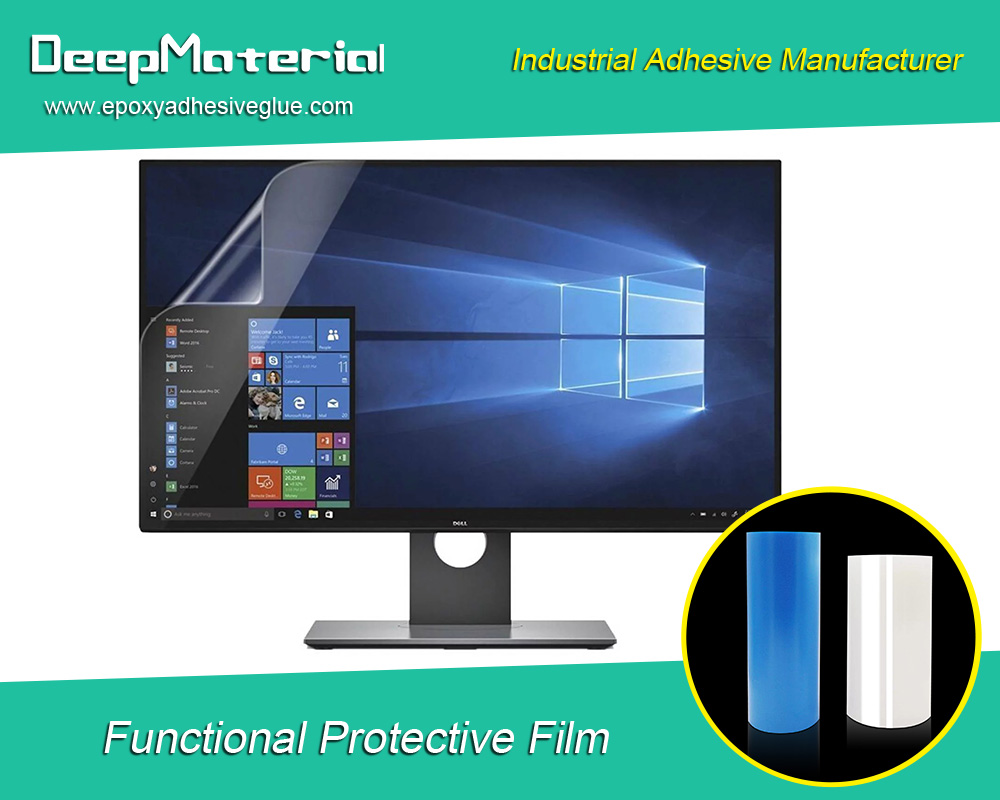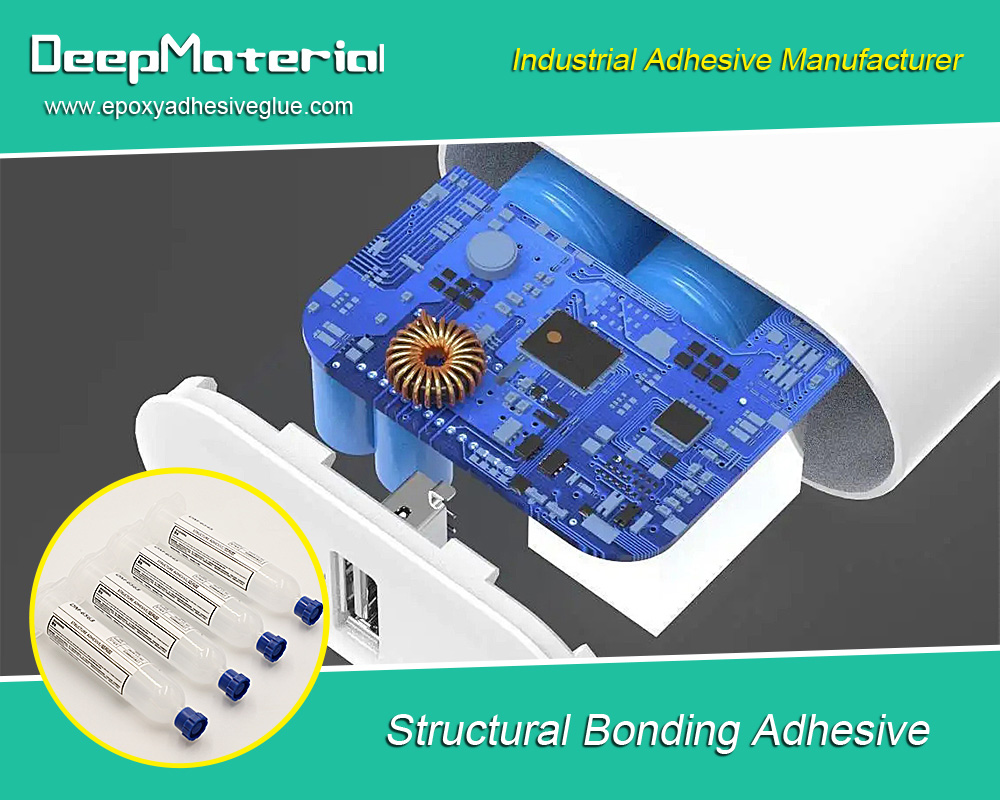How to Store and Handle UV Cure Adhesive for Acrylic to Preserve Its Quality
How to Store and Handle UV Cure Adhesive for Acrylic to Preserve Its Quality
UV cure adhesives have transformed bonding techniques across various applications, notably with acrylic materials. They provide a potent mix of durability, transparency, and swift curing under UV light, essential for both industrial uses and DIY endeavors. Yet, to truly capitalize on these advantages and guarantee the adhesive’s long-term effectiveness, correct storage and handling are crucial.
This post explores optimal practices for storing and managing UV cure adhesive for acrylic, focusing on preserving its quality and enhancing its performance.

Importance of Proper Storage and Handling
Proper storage and handling of UV cure adhesive are essential to preserve its quality and ensure optimal performance. Incorrect practices can lead to adhesive degradation, affecting bond strength and leading to potential project failures or costly rework. Exposure to high temperatures, humidity, and light can negatively impact the adhesive, causing it to deteriorate and resulting in weaker bonds or complete adhesion failure.
Such issues not only affect the immediate application but can also have broader cost implications, including wasted materials and increased production expenses. In cases where adhesive performance is compromised, the risk of product recalls and customer dissatisfaction rises, further impacting financial outcomes.
Factors That Affect the Quality of UV Cure Adhesive
Several key factors influence the quality and efficacy of UV cure adhesive. Light exposure, particularly UV light, can prematurely start the curing process, diminishing the adhesive’s shelf life and effectiveness. Storing adhesive in opaque containers or dark settings is crucial to prevent such degradation.
Oxygen exposure is another critical factor; it can inhibit curing, preventing the adhesive from hardening correctly. Utilizing airtight containers or those designed to minimize oxygen penetration can mitigate this issue.
Also, temperature and humidity levels play significant roles in adhesive quality. High temperatures can hasten adhesive breakdown, while elevated humidity levels can introduce moisture that weakens bonds. Storing adhesive in a controlled, cool, and dry environment is recommended to safeguard its properties and extend its usability.
Choosing the Right Storage Container
Selecting the right storage container is vital for maintaining the quality of UV cure adhesive. Different containers offer unique benefits and considerations:
Opaque containers
Protect against light exposure, crucial for preventing premature curing caused by UV rays. These are typically crafted from plastic or metal and are ideal for safeguarding UV cure adhesive over extended periods.
Airtight containers
These are necessary to keep oxygen out, ensuring it doesn’t interfere with the adhesive’s curing process. Available in plastic or glass, these containers help maintain the adhesive’s effectiveness by creating an oxygen-resistant barrier.
When choosing a container, it’s important to factor in the adhesive’s compatibility, the container’s ease of use, and its durability. Certain adhesives might demand specific container types due to their chemical makeup or sensitivity to materials. For optimal results, following the adhesive manufacturer’s container recommendations is recommended.
Temperature and Humidity Control
Properly managing temperature and humidity is key to extending the lifespan and efficacy of UV cure adhesive. Exposure to extreme temperatures or high humidity can hasten the adhesive’s degradation, diminishing bond strength and overall performance.
The optimal storage temperature for UV cure adhesive typically falls between 15°C and 25°C (59°F and 77°F). Keeping the adhesive within this range prevents damage from excessive heat or cold. Storage areas should be away from direct sunlight and heat sources to maintain these conditions.
Controlling humidity is also critical, with the ideal level being below 50%. Excessive humidity can introduce moisture to the adhesive, weakening bond strength and possibly leading to failure. Employing dehumidifiers or desiccant packs in storage areas can help achieve and maintain the recommended humidity level.
Avoiding Exposure to Light and Oxygen
Shielding UV cure adhesive from light and oxygen is crucial for preserving its quality and functionality. Light exposure can cause the adhesive to cure prematurely, whereas oxygen can impede the curing process.
To limit light exposure, storing the adhesive in opaque containers or dark settings is vital, protecting it from UV light that could trigger premature curing. Handling the adhesive in areas with low light exposure, whether natural or artificial, is also recommended.
For oxygen protection, storing the adhesive in airtight or specially designed oxygen-barrier containers is essential. These containers prevent oxygen from coming into contact with the adhesive, ensuring it remains effective. Making sure these containers are properly sealed after use is crucial to keep oxygen out and preserve the adhesive’s quality.
Proper Labeling and Inventory Management
Accurate labeling of UV cure adhesive containers is crucial for efficient inventory management and ensuring traceability. Labels should clearly state the adhesive type, batch number, and expiration date to facilitate easy identification and prevent the use of expired or incorrect adhesives. This aids in monitoring inventory levels and guarantees the adhesive is utilized within its effective period.
For effective labeling, employ durable labels that can endure the storage environment, ensure all information is easily readable, and update labels as necessary to reflect any changes in contents or expiration dates.
Handling and Transporting UV Cure Adhesive
The careful handling and transportation of UV cure adhesive are key to maintaining safety and its quality. When dealing with adhesive containers, take precautions to avoid accidents or leaks that could affect the adhesive’s integrity.
Wear suitable personal protective equipment (PPE), like gloves and safety glasses, to protect against skin or eye contact, and handle adhesives in well-ventilated areas to reduce fume exposure. Secure adhesive containers during transport to prevent displacement or damage, keeping them upright and shielded from extreme temperature or humidity changes. Adhering to specific hazardous materials transportation guidelines may be required for larger adhesive quantities.
Shelf Life and Expiration Dates
Recognizing the shelf life and expiration dates of UV cure adhesive is crucial for its effective and safe use. Shelf life denotes the timeframe the adhesive remains usable under ideal storage conditions without significant quality loss. This duration varies based on the adhesive’s formulation, storage circumstances, and exposure to detrimental factors like light and oxygen. Always refer to the manufacturer’s guidelines for specific shelf life information.
Adherence to expiration dates is vital; using adhesive past this date can lead to weaker bonds, impaired performance, and the risk of product failure. A robust inventory management system can help track these dates, ensuring adhesives are used within their optimal timeframe.
To extend shelf life and preserve adhesive quality, minimize exposure to light, oxygen, and maintain stable temperature and humidity levels in storage areas. Proper storage and handling can significantly contribute to maximizing UV cure adhesive’s shelf life and maintaining its effectiveness.

Conclusion and Final Tips for Preserving UV Cure Adhesive Quality
UV cure adhesive for acrylic is prized for its quick curing times and strong bond, yet maintaining its effectiveness demands careful storage and handling. It should be stored in opaque, airtight containers away from light and oxygen, with temperature and humidity kept within specified limits to prevent degradation. Proper labeling and efficient inventory management are crucial to avoid using outdated materials.
Safety protocols must be observed during handling and transportation to prevent leaks or damage. Additionally, being mindful of shelf life and expiration dates ensures the adhesive’s reliability. Following these practices helps maximize the adhesive’s performance, enhancing product quality and customer satisfaction.
For more about choosing to Store and Handle UV Cure Adhesive for Acrylic to Preserve Its Quality, you can pay a visit to DeepMaterial at https://www.epoxyadhesiveglue.com/category/epoxy-adhesives-glue/ for more info.











